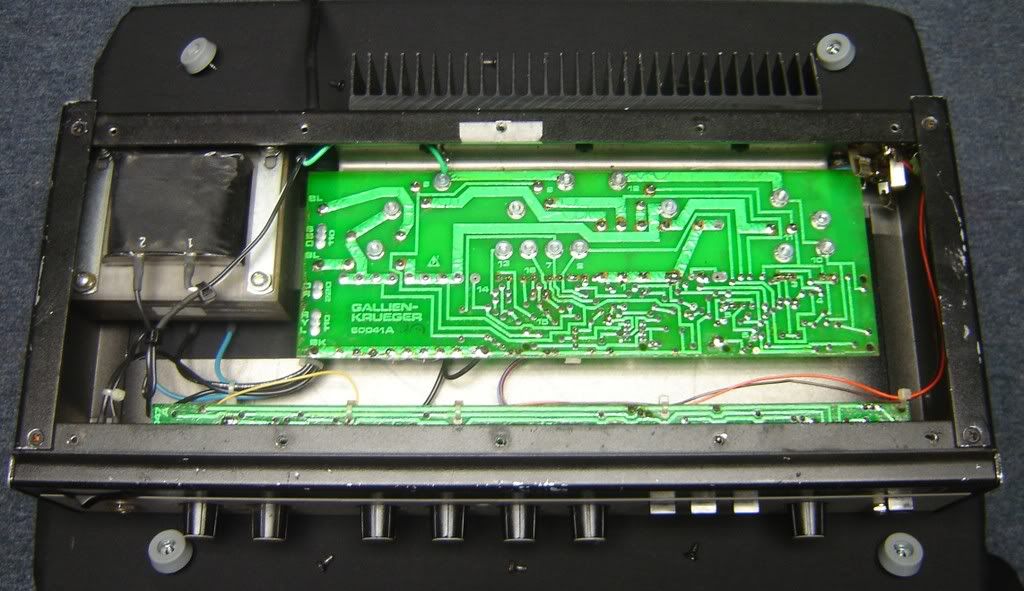Oh no I have received a SUnn Concert Bass and it's so clean and appears to be mint, but when you look inside the PCBs seem to be dissolving.
The tolex on the enclosure has been sprayed with some type of automotive cleaner or armor all or something. It is very, very slick, clean, and dark black. I guess this is why the PCBs are dissolving. At this point it works but sounds very bass-less and weak. Even if I put lots of time into re-soldering and fixing this thing up, what are the odds of it being reliable, if anyone would wager a guess???

Comment